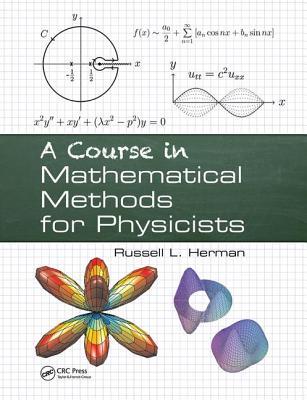In 1929 E. Hubble confirmed the linear dependence of the velocity on the distance by using the
Question:
In 1929 E. Hubble confirmed the linear dependence of the velocity on the distance by using the observed values of these quantities. He proposed that the observed radial velocity \(v\), and the estimated distance \(d\), satisfied the equation \(v=H_{0} d\). This equation is known as Hubble's Law and the constant \(H_{0}\) is known as Hubble's constant.
Consider the set of data in Table 1, which was extracted from Hubble's 1929 paper to find the proposed linear relationship between the radial velocities and distances of several nebulae.
a. Plot the velocity vs. distance data and find the best fir line through the data using your favorite graphing application.
b. Carry out the computation of the means of the distance and velocities, variance, and covariance for the data set.
c. Determine the slope, the intercept, and the correlation coefficient for fit. Plot this line on the graph of the data.
d. From the previous results, compute the sums of squares of the errors, the residuals and the total sums of squares.
e. Compute the coefficient of determinatin and the standard errors in the slope and the intercept.
f. What linear relationship did you find between the velocities and the distances?
g. What is your estimate of Hubble's constant? [Show that kilometers per second per megaparsec has units of \(1 /\) time]. How does this compare to the currently accepted value of Hubble's constant?
h. Estimate the age of the universe (in years) using your data. How does this compare to the current estimates?
Step by Step Answer:

A Course In Mathematical Methods For Physicists
ISBN: 9781138442085
1st Edition
Authors: Russell L Herman




